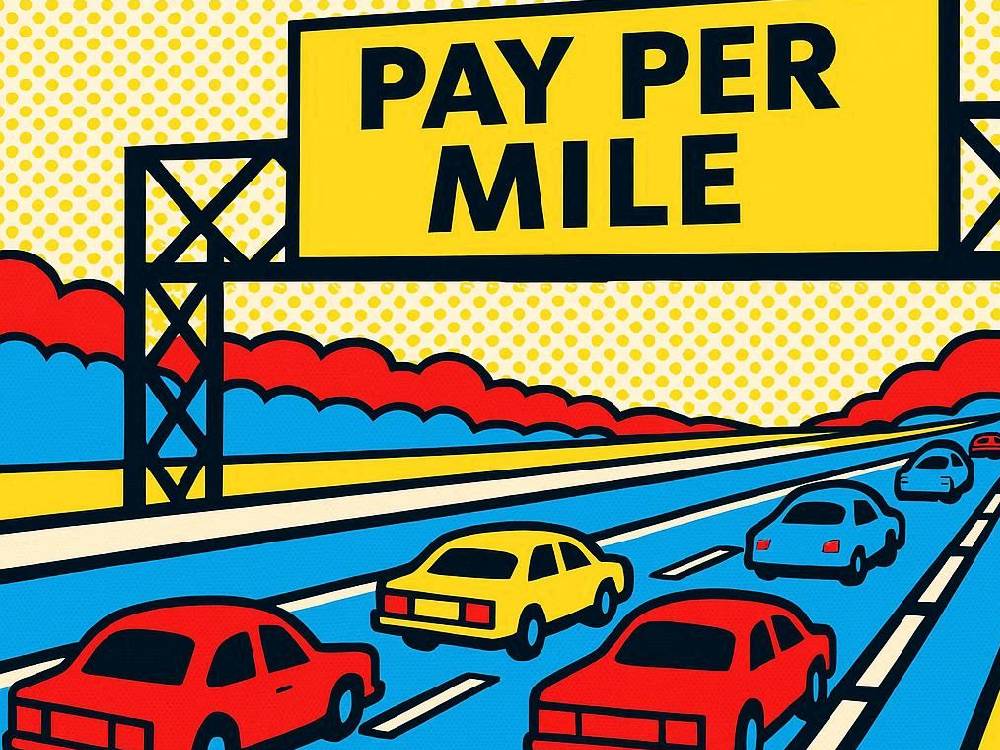Introduction
Pay-Per-Mile Car Insurance.
A quiet rumour is spreading fast.
The government may soon charge UK drivers for every mile they travel.
And while the pay-per-mile tax isn’t official yet, the idea has already sparked panic — and opportunity.
Because if you’re paying for each journey, your car insurance suddenly matters more than ever.
Drivers across Britain are now rethinking how they insure, track, and manage their cars — and for good reason.
As costs continue to rise, many are therefore looking for smarter, more flexible options.
Because of this shift, the savviest motorists are switching early rather than waiting for prices to climb further.
Instead of relying on outdated policies, they’re turning to telematics insurance, a data-driven solution that rewards careful driving with lower premiums.
In other words, it’s technology built for transparency — and designed to make insurance finally feel fair.
Ultimately, it represents modern insurance for modern roads, where every journey, every mile, and every decision counts.
Ready to stay ahead? Let’s begin.
The Budget Rumours Shaking Up The Market: Pay-Per-Mile Car Insurance
Talk of a new motoring tax has drivers on edge, and understandably so.
As fuel duty revenues continue to fall — largely because more people are switching to electric vehicles —
the Treasury is under growing pressure to find income elsewhere.
For that reason, pay-per-mile road pricing has now entered the national conversation, sparking debate among motorists and policymakers alike.
In theory, it sounds fair.
In reality, it could make driving more expensive for millions.
Long-distance commuters would pay more.
Casual drivers might think twice before leaving home.
And for insurers, that shift means one thing — change is inevitable.
Because traditional premiums based on rough estimates or outdated averages no longer make sense in today’s data-driven world.
Therefore, as driving patterns continue to evolve, the entire insurance industry must adapt — not later, but right now.
Why More Drivers Are Switching To Telematics
Because of that uncertainty, more drivers are embracing flexibility.
That’s where telematics car insurance comes in.
Because it uses real driving data, your premiums reflect how you actually drive.
So, the safer and smoother your journeys, the cheaper your insurance becomes.
It’s personal.
It’s transparent.
And it rewards responsibility.
While younger drivers led the way, older motorists are now joining in.
Why?
Because the cost-of-living squeeze has made saving on car insurance more important than ever.
Instead of relying on vague risk categories, telematics gives proof — not guesswork.
So, how does it actually work?
How Telematics Actually Works
Telematics insurance connects your car or phone to a small device or app.
It monitors speed, acceleration, braking, cornering, and phone use.
Each journey creates a profile of how you drive.
That data builds a driving score — usually out of 100.
The higher your score, the lower your premium.
It’s fair, simple, and completely under your control.
Moreover, it’s far less invasive than before.
Modern systems no longer impose curfews or restrict routes.
Instead, they track your habits and encourage small improvements through feedback.
In other words, the better you drive, the more you save.
The Real Savings Behind Smarter Driving
Here’s where the numbers matter.
Telematics users can cut their insurance bills by up to 20% compared to traditional cover.
That’s hundreds of pounds saved — just for driving safely.
And unlike old black boxes, these systems don’t judge you unfairly.
They adapt to your behaviour.
Drive carefully and consistently?
You get rewarded.
Drive erratically?
You still get cover — but less discount.
This flexibility has turned telematics into a game-changer for those chasing cheap car insurance.
So, is it all good news?
Let’s tackle the biggest misconceptions next.
Pay-Per-Mile Car Insurance: Busting The Biggest Myths About Telematics
Although telematics has gone mainstream, confusion remains.
Myth 1: You can’t drive at night.
False — modern systems don’t restrict hours.
Myth 2: You’re penalised for long trips.
Wrong — mileage simply factors into your risk score.
Myth 3: It tracks your personal data.
Absolutely not. It only monitors driving behaviour, not who you are.
Because of these misconceptions, many drivers still miss out on potential savings they could easily access.
However, as awareness continues to grow — and as more motorists learn how telematics truly works — that trend is changing quickly and decisively across the UK.
Modern Tech, Real Results
Today’s telematics systems, by contrast, are sleek, fast, and fully digital — a far cry from the clunky devices of the past.
No bulky boxes.
No intrusive fittings.
Just Bluetooth and GPS working quietly in the background.
As a result, drivers get more freedom — not less.
Apps display progress, suggest better routes, and even gamify safe habits.
Because of that, drivers stay motivated to improve their scores every trip.
Ultimately, it’s a win-win — safer roads and smaller premiums.
Why Pay-Per-Mile Car insurance Could Accelerate The Shift
So, what happens if the government really does introduce road pricing?
If every mile costs money, drivers will look for flexibility everywhere — including insurance.
Therefore, usage-based policies like telematics will likely dominate.
They already reflect how much and how safely you drive.
That means early adopters will be best prepared when changes arrive.
For cautious drivers, it could mean even bigger discounts.
Meanwhile, traditional insurance models may struggle to keep up.
Car Insurance for Electric Vehicles
Smart Moves For 2025 And Beyond
The car insurance market is evolving fast.
Therefore, now’s the time to adapt.
Here’s how to stay ahead:
1. Compare quotes often.
Premiums vary monthly — don’t stay loyal, stay smart.
2. Choose flexible cover.
Usage-based plans ensure fairness and reward control.
3. Update your details regularly.
Mileage, address, and vehicle type all affect costs.
4. Keep your credit strong.
Responsible finances can lower your premiums further.
5. Watch policy changes closely.
Being informed helps you act before prices shift.
Because when budgets are tight, knowledge becomes your strongest discount.
Conclusion
The Road Ahead for Drivers.
Uncertainty around motoring taxes won’t vanish soon.
However, that uncertainty is reshaping insurance for the better.
Drivers are no longer passive customers.
They’re active participants — using data to prove they’re low-risk, responsible, and deserving of fairer prices.
Telematics car insurance symbolises that change.
It combines innovation with savings, making cheap cover finally achievable again.
So, while the road ahead may be unpredictable, your insurance doesn’t have to be.
Compare.
Switch.
Save.
Because the best protection isn’t just comprehensive — it’s smart, adaptable, and built for the future.





